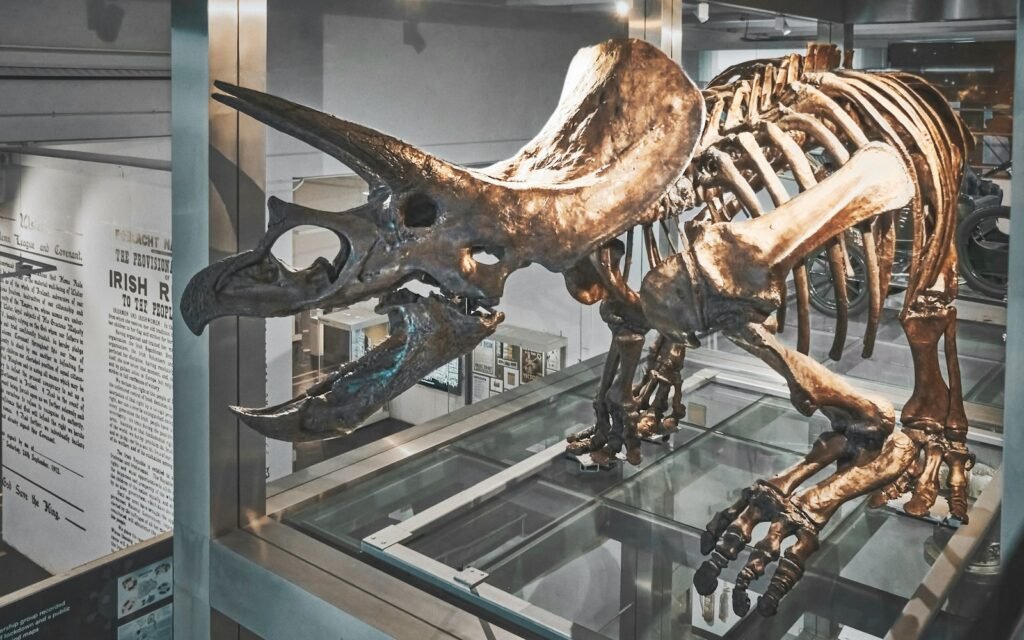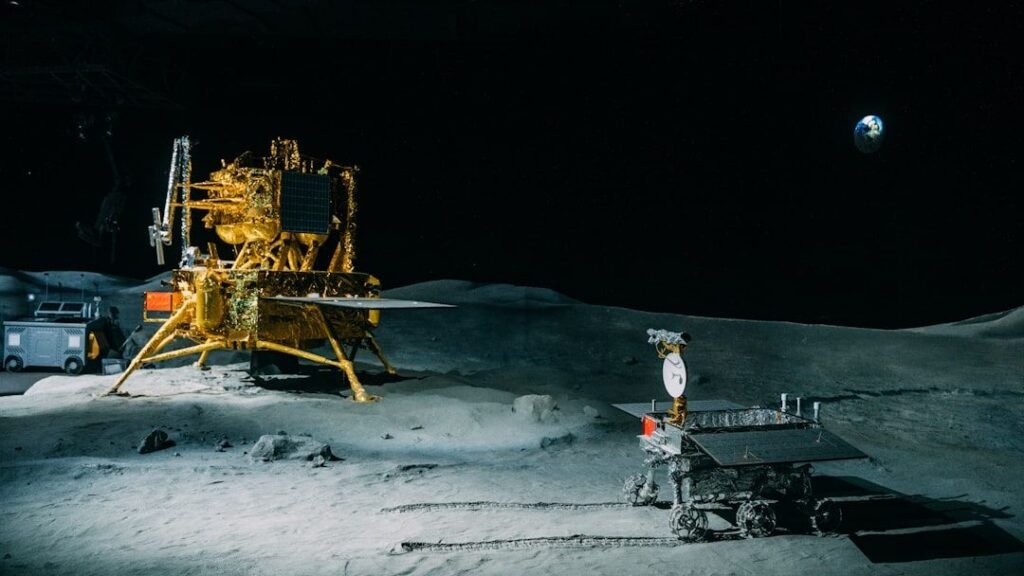Long before paleontology had a playbook, bones and teeth surfaced from riverbanks and caves like messages from another world. Communities tried to translate them the only way they knew how: through stories of monsters, guardians, and gods. The result was a strange duet between geology and imagination, where fossil finds could validate legends and legends could steer scientific curiosity. Today, those same specimens are teaching researchers how myths travel, how knowledge evolves, and how evidence gets reshaped by culture. Here are seven extraordinary fossils once touted as proof of the impossible – and what they really tell us.
The Hidden Clues: Protoceratops and the Birth of the Griffin
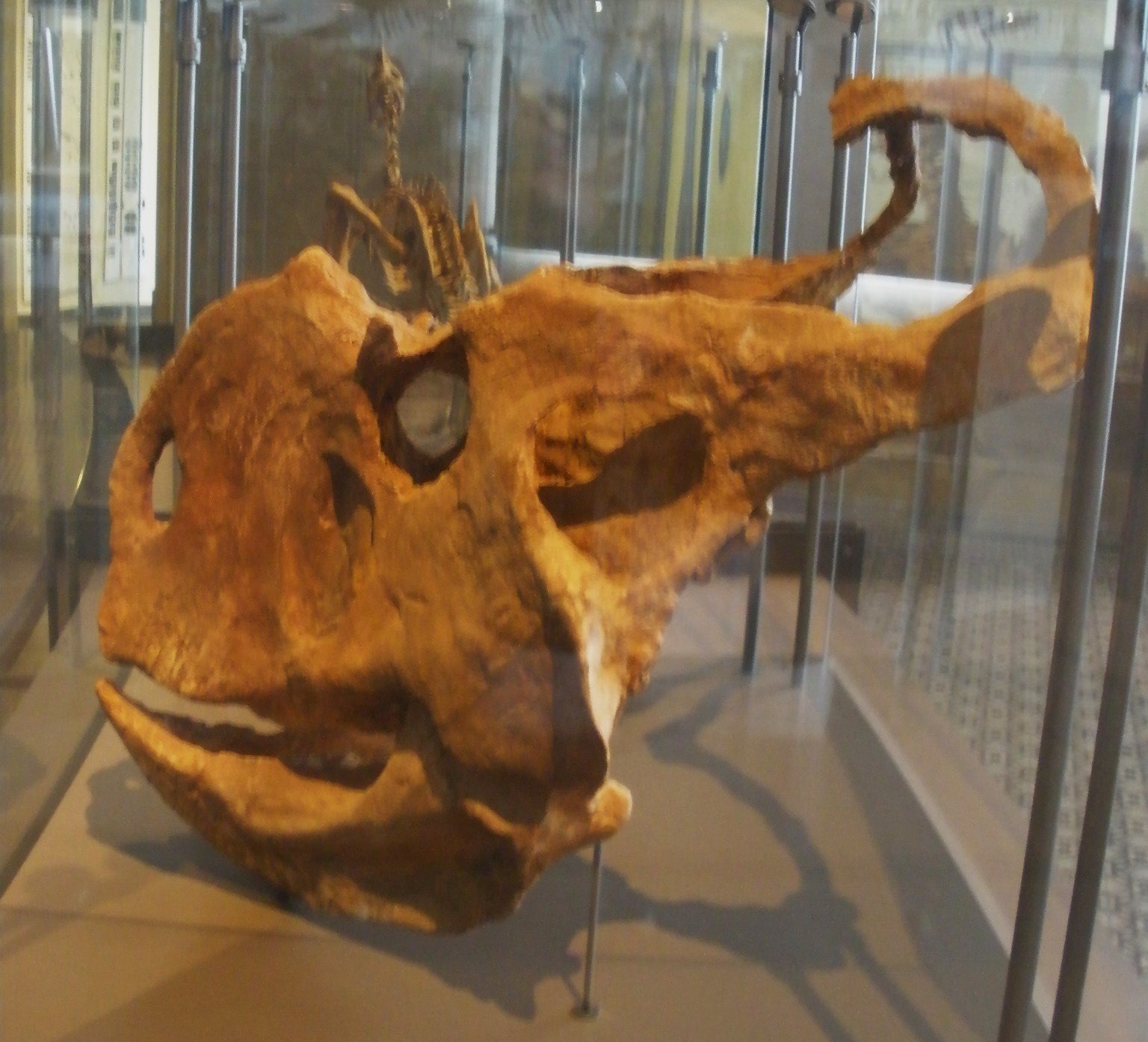
What if the fearsome, gold-guarding griffin grew from a beaked skull sunning itself on a desert slope? In the wind-carved badlands of Mongolia’s Gobi, fossils of Protoceratops – hornless relatives of Triceratops – often weather out near ancient gold-bearing sites. The skulls are compact and sharp-beaked, with a neck frill that, half-buried, looks uncannily like folded wings. Traders moving along Silk Road corridors likely encountered these bones and carried the story west, where the griffin emerged as a lion-bodied, eagle-headed sentinel. It’s a compelling match between bone and myth: a four-legged animal with a birdlike beak, anchored to the very places where treasure was found.
Modern researchers point to recurring patterns: the right morphology, the right geography, and the right timing for contact between fossil-bearing lands and storytellers. Protoceratops even has forelimbs positioned in a sprawled stance that can read as taloned “forelegs” in partial skeletons. When you add desert winds that expose skulls in dramatic profile, the griffin’s outline suddenly feels less like fantasy and more like a fossil’s optical illusion. It’s not proof of monsters; it’s proof that landscapes can shape legend.
One Eye in the Rock: Dwarf Elephant Skulls and the Cyclops
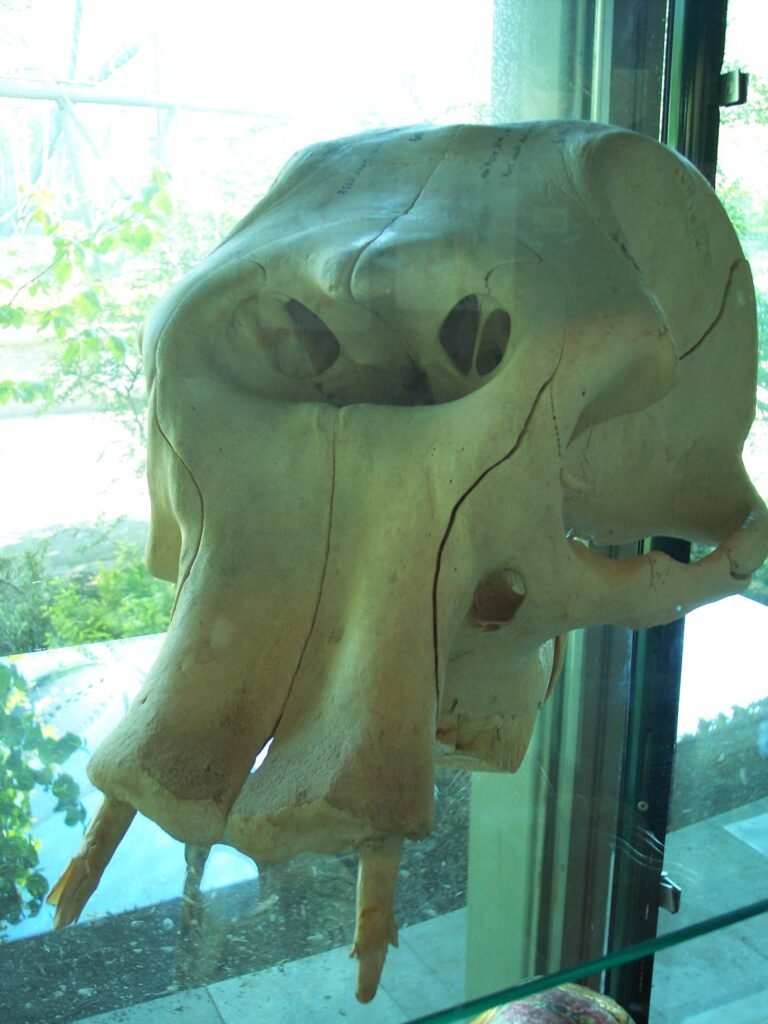
One Eye in the Rock: Dwarf Elephant Skulls and the Cyclops (image credits: wikimedia)
On Mediterranean islands such as Sicily and Crete, ancient people found skulls with a single gaping hole front and center. These were not the remains of giants; they were the skulls of island dwarf elephants, whose nasal opening for the trunk dominates the face. Strip away tusks and flesh, and what remains looks chillingly like a colossal one-eyed head. It’s easy to imagine a shepherd stumbling on one of these in a coastal cave and returning home with a story that grew larger each telling.
Biology explains the illusion neatly. In life, the hole held soft tissue, not an eye, and the rest of the skull fits the elephant blueprint – thick vault, broad occipital region, heavy jaw. But myths are efficient at compressing complex forms into simple symbols. The Cyclops legend, with its lonely eye, is the symbol; the skull is the spark. Sometimes the most powerful special effect is erosion.
Dragons Underfoot: China’s “Dragon Bones” and Early Dinosaur Finds
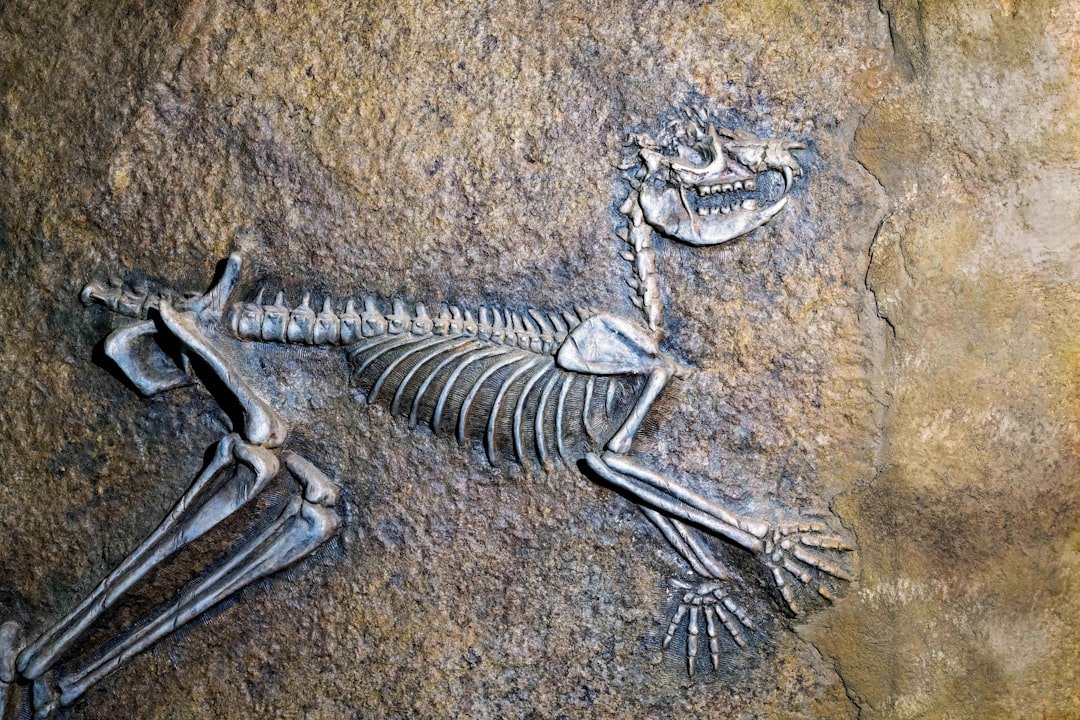
For centuries across parts of China, fossil bones collected from hillsides and quarries were ground into traditional medicines as “dragon bones.” The term wasn’t a metaphor; many saw them as literal remnants of dragons – beings linked to rivers, rain, and imperial power. Massive femurs and vertebrae fit the dragon narrative, and the habit of selling them in apothecaries kept a steady stream of specimens moving through communities. In some regions, local knowledge about where to find “dragon bones” effectively formed an unwritten fossil map.
When paleontologists arrived in the early twentieth century, they realized the pharmacies had been curating a fossil record in plain sight. Dinosaurs, mammal-like reptiles, and Pleistocene megafauna were all there, mislabeled but preserved by tradition. The switch from mythic label to scientific name did more than tidy up taxonomy; it linked cultural memory to geological time. The bones did not stop being meaningful – only the framework changed.
A Dragon in the Town Square: The Klagenfurt Rhinoceros
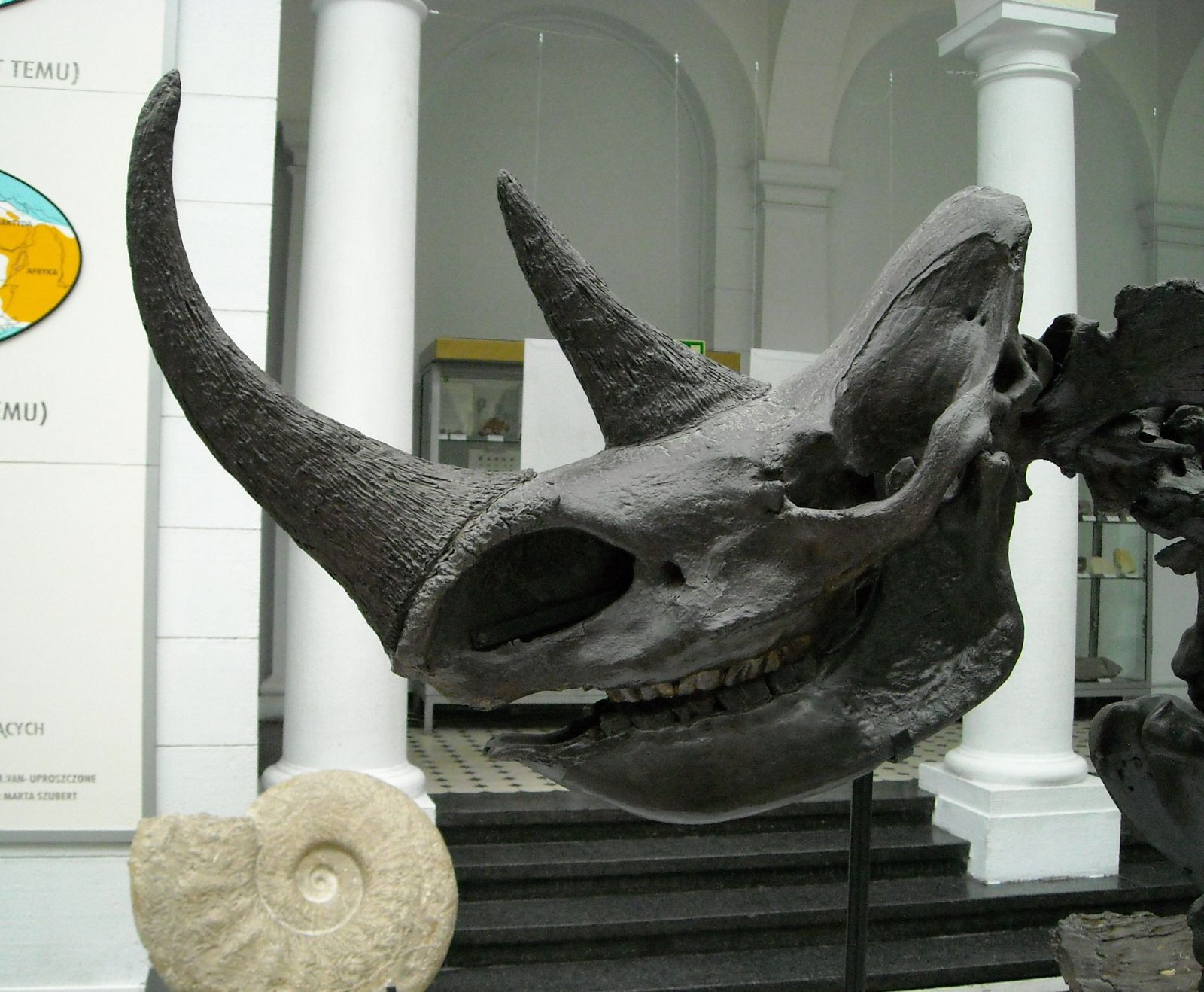
In medieval Carinthia, a large skull pulled from karst caves became the talk of the town. Locals read it as proof that a dragon had once prowled the countryside, and the image helped inspire the famous Lindwurm statue that still looms over Klagenfurt’s main square. Centuries later, scholars identified the skull as belonging to a woolly rhinoceros, an Ice Age heavyweight with a sweeping horn and armored features. If you’ve ever stared at a rhino skull, you know how easily its contours can be read as monstrous.
The Klagenfurt story captures how civic pride, art, and paleontology can converge on a single object. A community monument grew from a fossil misread, and then science reframed the narrative without erasing the memory. The skull didn’t lie; interpretations did the drifting. In a way, the Lindwurm still honors a real Ice Age giant – just under a different name.
Sea Serpents Surface: Mosasaur and Plesiosaur Bones
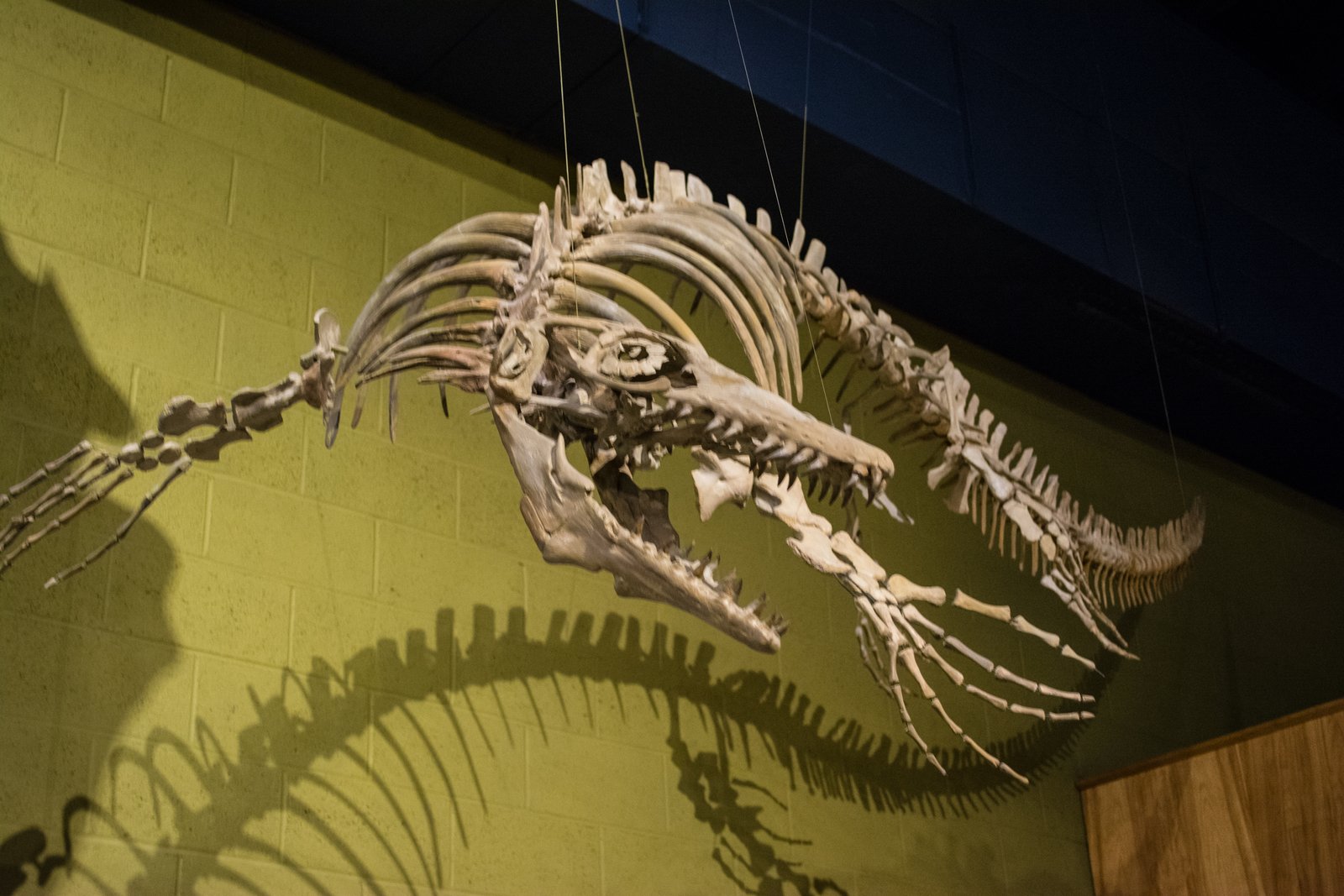
When fossil marine reptiles like mosasaurs and plesiosaurs began emerging from European and British coastal cliffs, they collided head-on with centuries of sea-serpent lore. Elongate necks, paddle limbs, and toothy skulls matched the silhouettes that sailors sketched into margins of old navigation charts. Early nineteenth-century newspapers sometimes treated the finds as vindication, the long-scoffed “monsters” suddenly looking uncomfortably real. The bones were mute, but they spoke in the vocabulary people already knew.
Paleontology eventually disentangled deep time from tall tales. Mosasaurs were apex lizards of the Late Cretaceous, while plesiosaurs were their own marine reptile lineage, cruising seas tens of millions of years before any human set sail. Yet the psychological effect lingers: discovering ancient ocean predators naturally amplifies fear of what might still lurk. Fossils do not prove modern serpents; they prove that oceans have always harbored extremes.
Giants of Old: Mastodon Remains and Human Giant Legends
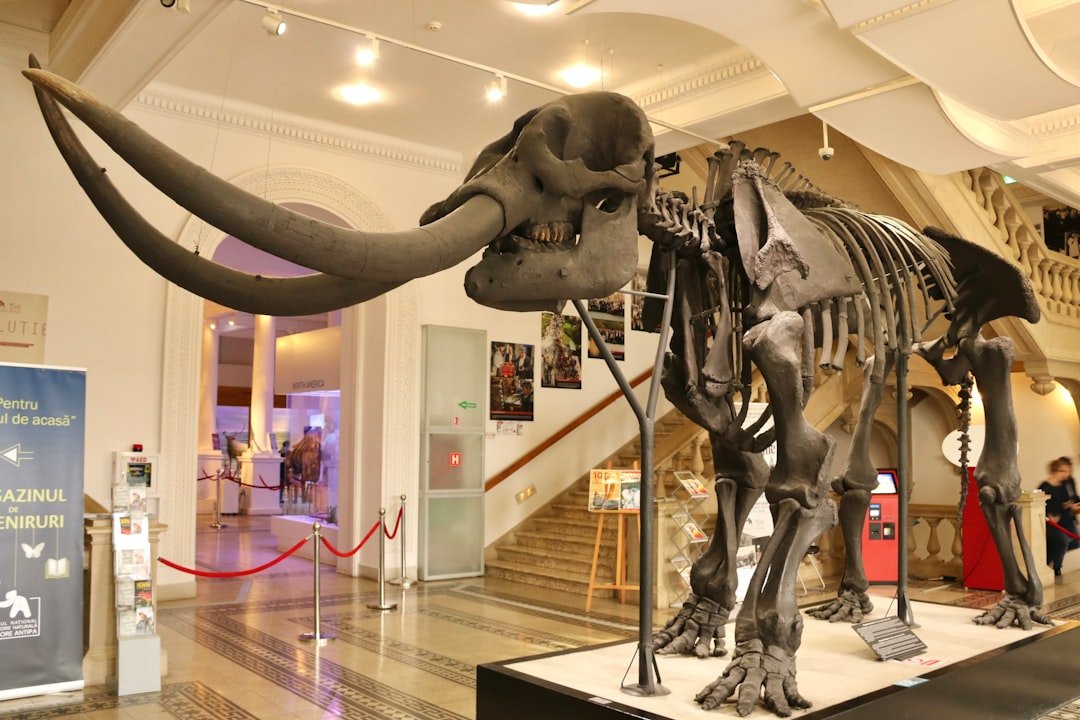
Across Europe and North America, enormous teeth and limb bones turned up in river deposits and bogs, and many took them as confirmation that colossal humans had once strode the Earth. The molars, with their knobby ridges, were especially confusing, and some clerics and chroniclers folded the finds into moral tales about fallen giants. Only later did comparative anatomy make the match: these were mastodons and other proboscideans, browsers with grinding teeth built for forests, not battlefields. The “giant” label faded as measurements and modern excavations piled up.
It’s easy to see how the mistake stuck around. A single femur can overwhelm the scale of a small village church, and an isolated tooth looks nothing like the tidy incisors of humans. But scale is a poor guide to species. The mastodon’s story shows how measurement, not myth, is the real magnifier of truth.
Tongues of Dragons: Shark Teeth and the Glossopetrae Mystery
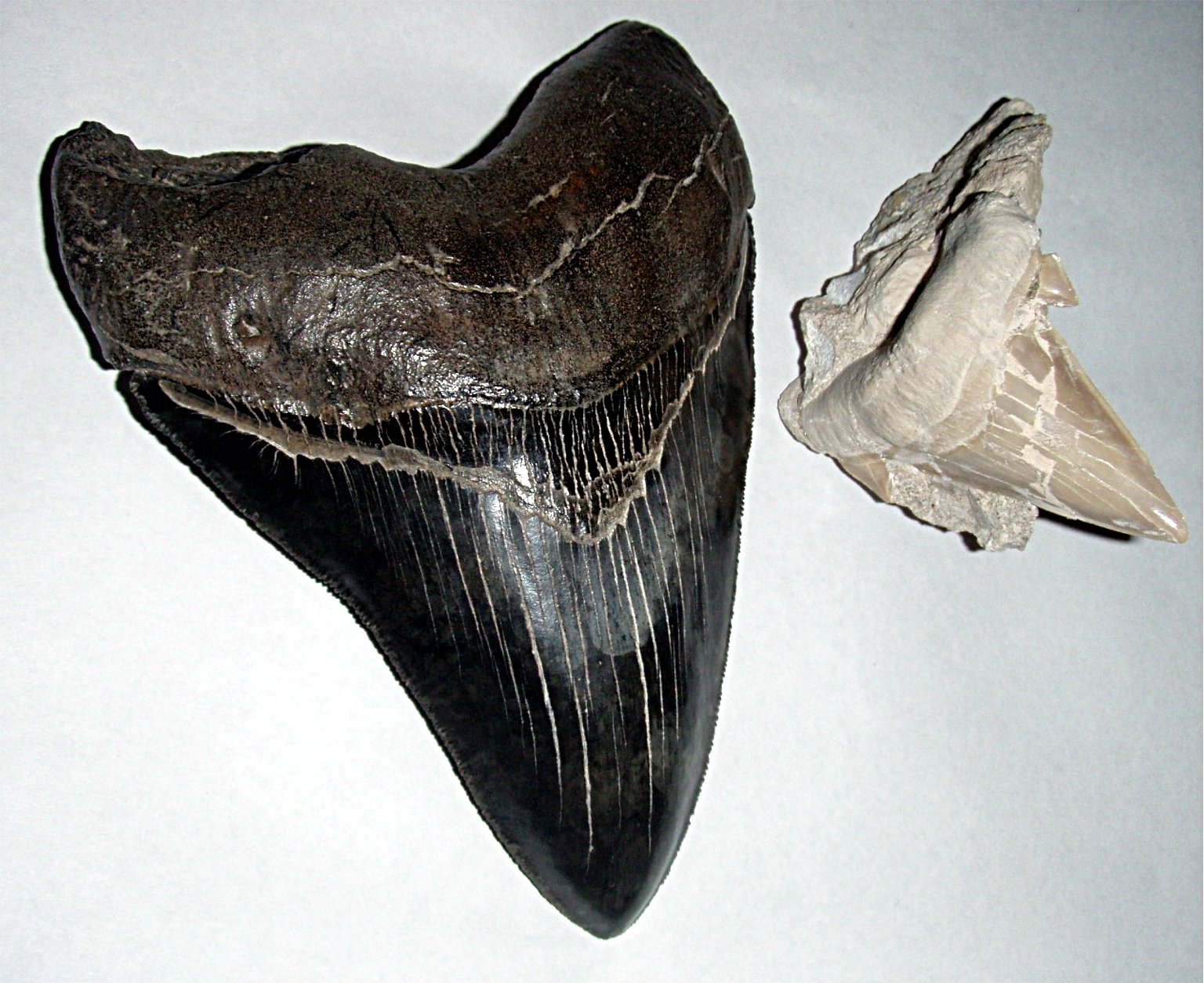
For much of antiquity and the Middle Ages, triangular fossil shark teeth were prized as “glossopetrae,” or tongues of snakes and dragons. Polished and strung on chains, they were carried as charms against poison and displayed in cabinets as relics of monstrous beings. The teeth’s sharp edges and enamel sheen made the leap to dragon lore feel natural, an aesthetic proof as persuasive as any sermon. When anatomists finally linked these talons to sharks, the spell broke – but the fascination did not.
In museums today, shark teeth still look theatrical, like punctuation marks hammered into stone by storms. The difference is that we now parse them through geology and evolution. The teeth say reefs rose and fell, predators came and went, and seas changed their chemistry over deep time. They remain trophies, just not from dragons.
Why It Matters

These misread fossils show how evidence doesn’t travel alone; it catches rides on trade routes, faith, fear, and art. Myths weren’t foolish – they were early operating systems for sorting the unknown, and sometimes they steered observers toward real patterns in nature. When modern science entered the scene, it didn’t erase the stories so much as translate their characters into species and stratigraphy. That translation helps us spot present-day misreads, from internet “mystery bones” to viral claims that cherry-pick images without context. Learning how past errors took hold is a vaccine against future confusion.
There’s also a human payoff: acknowledging cultural readings of fossils welcomes local histories into scientific narratives. It turns communities from bystanders into collaborators and preserves the social life of bones alongside their scientific value. That’s a better story – and a sturdier one.
The Future Landscape
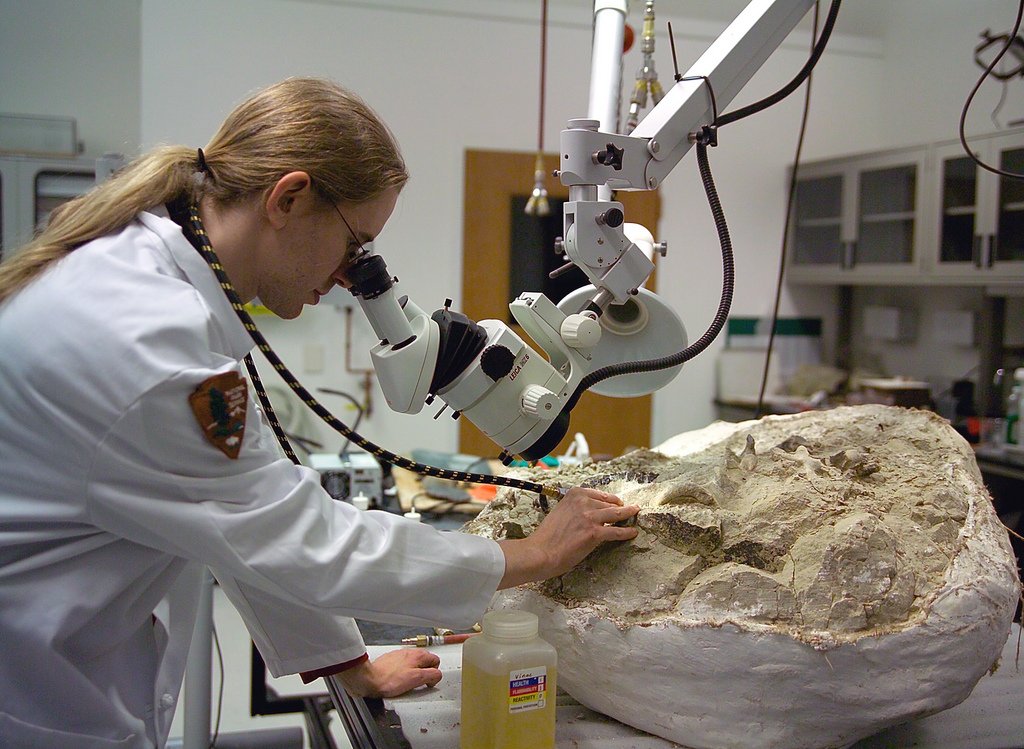
New tools are shrinking the room for misinterpretation while widening our window into the past. High-resolution micro-CT scans reveal internal structures without cracking a fossil open, and 3D photogrammetry lets teams share exact replicas across continents in hours. Collagen fingerprinting can sometimes identify badly fragmented bones to family level, while geochemical assays trace where an animal lived and what it ate. Even careful re-excavation of old “dragon bone” localities, guided by community knowledge, has yielded species and site histories missed the first time.
The challenges aren’t just technical. Fossils still get ripped from context by looting, rushed development, or well-meaning collectors who don’t record precise locations. That context is the difference between a story and a specimen. Strengthening laws, funding local museums, and building cross-border databases will matter as much as the next scanner upgrade. The myths are behind us; the misinformation age is now.
Conclusion
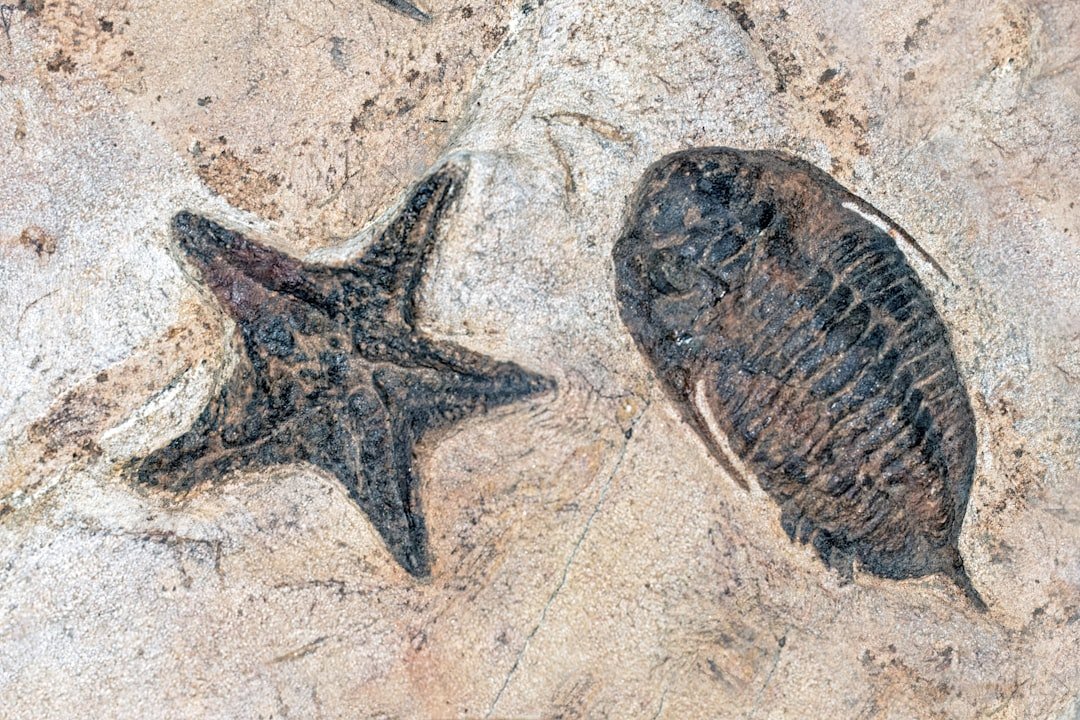
You don’t need a desert dig permit to help science keep legends and fossils in healthy conversation. Visit regional museums and ask how specimens were found and documented; those questions signal that provenance matters. Support field schools, fossil site conservation funds, or community collections that keep discoveries in their home regions with proper records. If you stumble on a bone in the wild, photograph it with scale, note the GPS coordinates, and contact a local museum rather than pocketing it. Share stories that celebrate both cultural memory and scientific method, because we need both to read the Earth clearly.
Most of all, stay curious and skeptical in equal measure. Myths make wonderful doorways; evidence keeps us from getting lost inside.

Suhail Ahmed is a passionate digital professional and nature enthusiast with over 8 years of experience in content strategy, SEO, web development, and digital operations. Alongside his freelance journey, Suhail actively contributes to nature and wildlife platforms like Discover Wildlife, where he channels his curiosity for the planet into engaging, educational storytelling.
With a strong background in managing digital ecosystems — from ecommerce stores and WordPress websites to social media and automation — Suhail merges technical precision with creative insight. His content reflects a rare balance: SEO-friendly yet deeply human, data-informed yet emotionally resonant.
Driven by a love for discovery and storytelling, Suhail believes in using digital platforms to amplify causes that matter — especially those protecting Earth’s biodiversity and inspiring sustainable living. Whether he’s managing online projects or crafting wildlife content, his goal remains the same: to inform, inspire, and leave a positive digital footprint.

